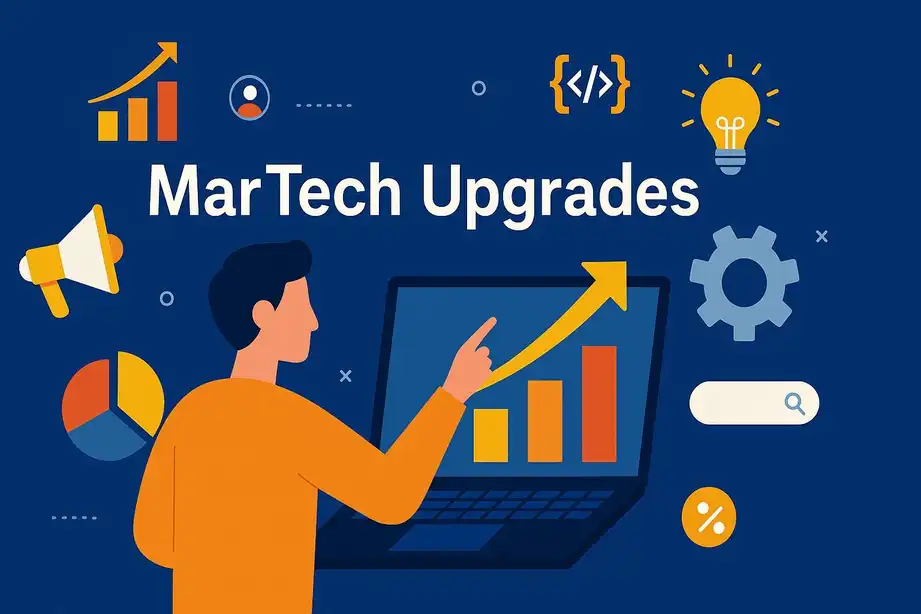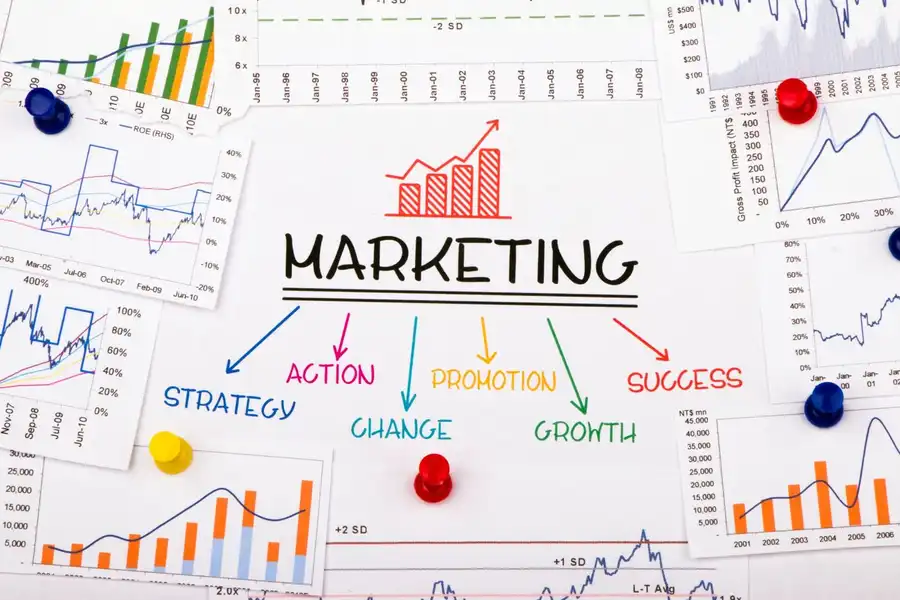The mastery of on-page SEO (search engine optimization) stands as a cornerstone for any website aiming to secure prominent placement on search engine results pages (SERPs).
With millions of websites clamoring for visibility, the implementation of a robust on-page SEO strategy emerges as a crucial differentiator in driving organic traffic to your site.
This comprehensive guide will walk you through the intricacies of on-page SEO, highlighting the ‘10 must-haves for on-page SEO success.’ Our goal is to empower you with a deeper understanding and practical application of these techniques, ensuring your website ranks highly on SERPs to reach your target audience effectively.
Before we dive into must-haves for on-page SEO success, let’s understand the difference between on-page and off-page SEO.
On-page vs Off-page SEO
On-page SEO refers to the optimization efforts made directly on a website to improve its search engine rankings. This includes factors such as:
- Content quality,
- Keyword usage,
- Meta tags,
- URL structure,
- Internal linking.
Essentially, it involves everything that site owners can control within their website to enhance its visibility and relevance to search engines.
On the other hand, Off-page SEO involves activities conducted outside the website to boost its authority, trustworthiness, and popularity in the eyes of search engines. This primarily revolves around:
- building backlinks from reputable sources,
- social media engagement,
- influencer outreach,
- and other external factors that contribute to the website’s credibility and reputation.
While both on-page and off-page SEO are crucial for a comprehensive optimization strategy, they serve different purposes. On-page SEO ensures that your website is structured and optimized in a way that makes it easily accessible to search engines and users, while off-page SEO focuses on increasing the website’s authority and reputation across the internet through various external channels. Combining both strategies effectively can significantly improve a website’s search engine rankings and overall online presence.
10 Must-Haves for On-Page SEO Success
1. Keyword Research and Optimization
The foundation of on-page SEO lies in understanding the keywords your target audience is searching for. Conduct thorough keyword research to identify relevant terms and strategically integrate them into your content, meta tags, and headers for maximum impact.
2. High-Quality Content
Content is king in the realm of on-page SEO. Create compelling, informative, and original content that resonates with your audience while naturally incorporating targeted keywords. Remember, valuable content not only attracts visitors but also encourages engagement and sharing, ultimately improving your site’s visibility.
3. Optimized Meta Tags
Craft compelling meta titles and descriptions that accurately summarize your content and entice users to click through to your site. Incorporate relevant keywords while maintaining clarity and relevance to improve your SERP ranking and click-through rate.
4. User-Friendly URLs
Ensure your URLs are concise, descriptive, and user-friendly. Include targeted keywords where appropriate, but prioritize readability and relevance to enhance the user experience and facilitate search engine crawling.
5. Mobile responsiveness
In an era where mobile devices dominate internet usage, optimizing your website for mobile responsiveness is paramount. Ensure your site is mobile-friendly and provides a seamless browsing experience across all devices to enhance user satisfaction and improve search rankings.
6. Page Speed Optimization
Page speed significantly impacts the user experience and search engine rankings. Optimize your website’s loading times by minimizing unnecessary elements, leveraging browser caching, and optimizing images and scripts to deliver a fast and seamless browsing experience.
7. Internal Linking
Internal linking not only helps users navigate your website but also distributes link equity and reinforces the relevance and authority of your pages. Incorporate relevant internal links within your content to improve crawlability, enhance the user experience, and boost SEO performance.
8. Image Optimization
Images play a crucial role in enhancing the visual appeal of your website, but they can also impact your SEO efforts. Optimize images by using descriptive filenames, alt tags, and appropriate image sizes to improve accessibility, user experience, and search engine visibility.
9. Schema Markup
Implementing schema markup enhances the way search engines understand and display your content in SERPs. Utilize schema markup to provide additional context to your content, such as reviews, ratings, and event details, to increase visibility and attract more qualified traffic.
10. Regular Content Updates
Fresh and updated content signals to search engines that your website is active and relevant. Regularly update and expand your content to keep it current, accurate, and engaging, thereby improving your chances of ranking higher in search results.
Now that you understand the fundamentals of on-page SEO and its significance in enhancing your website’s visibility and performance, it’s time to put this knowledge into action.
By partnering with New Path Digital, a leading provider of on-page SEO services, you can unlock the full potential of your website and achieve sustainable growth in organic traffic and conversions.
With our expert team of digital marketing professionals and proven track record of delivering results-driven on-page SEO solutions, New Path Digital is your trusted partner in navigating the complexities of search engine optimization.
Contact us today to learn more about our comprehensive on-page SEO services and take the first step towards elevating your online presence and achieving your business objectives.
This blog was last updated on 6 months ago by Kelly Paul











